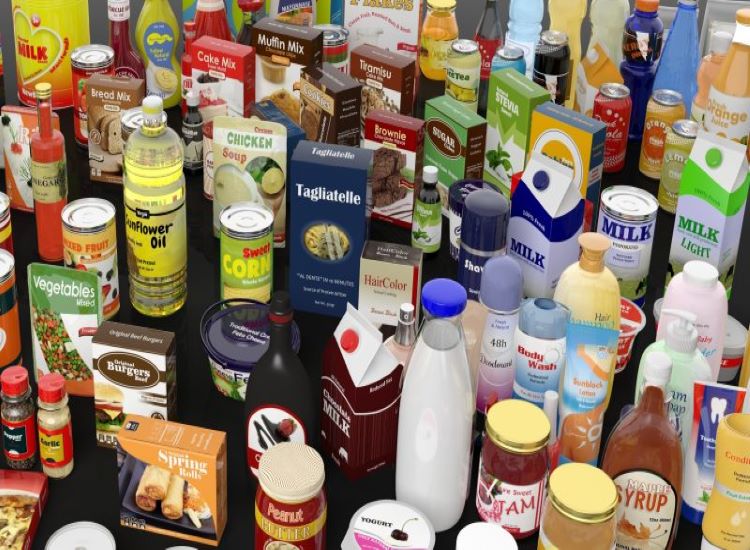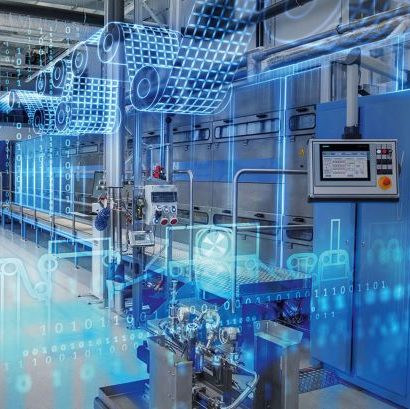Packaging has witnessed a significant change in recent periods wherein it has evolved from its role of merely protecting and preserving to emerge as a marketing medium to differentiating, positioning brands and providing more consumer values. And to harness its potential, the packaging industry is adopting smart and sustainable solutions to market its products and compete more effectively.
So, what are these latest trends in packaging that are redefining packaging and its role?
Internet of Packaging
The Internet of Packaging is a term that refers to the growing trend of connecting physical objects and products to the internet. This includes everything from food and beverage packaging to medical devices and industrial equipment. The goal is to make these products and objects more intelligent and connected, so that they can communicate with each other and with people. This would allow for a more efficient supply chain, as well as better customer service and product safety.
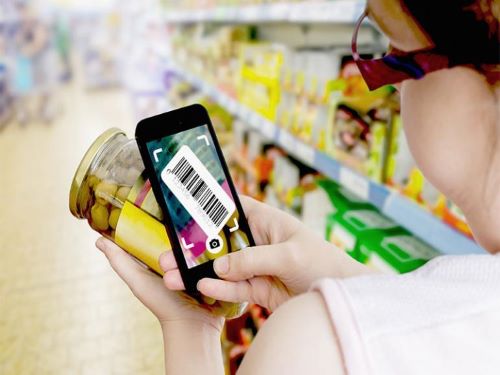
It leverages technology such as QR codes, RFID, smart labels and NFC to offer value-added benefits of security and authentication.
Smart packaging can provide a number of benefits to both consumers and brands. For consumers, smart packaging can provide information about the product, such as where it was made, how to use it, and when it expires. Smart packaging can also help consumers track their purchase history and receive personalized coupons and discounts. For brands, smart packaging can help track inventory, prevent counterfeiting, and engage with consumers through digital channels.
Biodegradable Packaging
Biodegradable packaging is packaging that is made from materials that can be broken down by living organisms. This type of packaging is often used for food and beverage products, as well as for other items that need to be disposed of in an environmentally-friendly way.

Examples for these biodegradable material for packaging are starch, cellulose, PLA, polyhydroxybutyrate (PHB), polyhydroxyalkanoates (PHA), and other biopolymers. Apart from this, plant-based packaging from sugarcane, coconut, hemp, and corn starch also provides alternatives to plastic packaging. These innovations are economical for businesses to adopt and reduce the environmental impacts of the packaging sector.
Packaging Automation
Packaging automation is the use of machines and equipment to perform packaging tasks. This can include tasks such as filling containers with products, sealing containers, labeling containers, and palletizing containers.
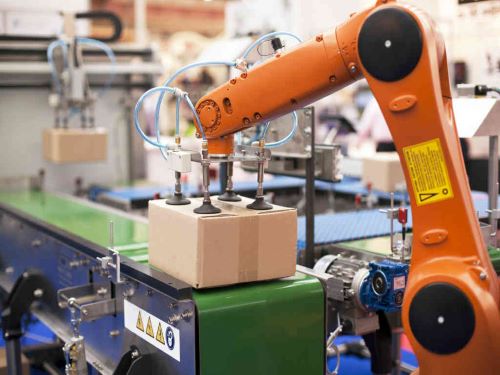
It helps in streamlining the major challenges associated with packaging like productivity, precision and quality control. In addition to that it significantly reduces human error and ensures the safe handling of fragile products. Finally, startups also develop AI-powered vision systems that take pictures of the finished goods to analyze the package quality. These vision-assisted robots automate processes such as product sorting, quality control, and inspection to increase overall efficiency.
Active Packaging
Active packaging is a technology that is used to extend the shelf life of food products. Active packaging involves the use of materials that interact with food to control the environment inside the package and keep the food fresh. Active packaging can be used to control moisture, oxygen, and carbon dioxide levels, as well as to kill bacteria and mold.

Active packaging can also be used to absorb ethylene gas, which is produced by some fruits and vegetables as they ripen. Active packaging is an alternative to traditional methods of food preservation, such as freezing, canning, and drying. Active packaging can be used on a variety of foods, including meat, poultry, fish, fruits, and vegetables. Active packaging is also being used to extend the shelf life of packaged foods such as cereals, snacks, and baked goods.
For example, modified atmospheric packaging uses oxygen or ethylene absorbers and moisture regulators to keep food fresh. Another example of active packaging releases antimicrobial agents to prevent bacterial growth in the product.
Custom Packaging
Customized packaging is packaging that is designed specifically for a particular product, company, or brand. It can include features such as custom shapes, sizes, colors, and designs. Customized packaging can be used to improve the visibility of a product, create a more unique and memorable customer experience, or simply make a product stand out from the competition.
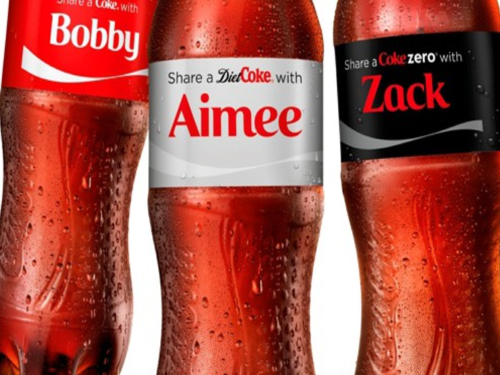
Another trend that is becoming increasingly popular is the use of custom shapes and sizes for packaging. This allows companies to create unique and eye-catching packaging that stands out from the competition. A good example is Coca-Cola’s popular “Share a Coke” campaign which had names printed on the packaging to give it a personal touch.
Edible Packaging
Throwaway culture along with the packaging model of use & dispose have collectively contributed to the solid waste across the globe that largely ends up either in landfills or water bodies. And to mitigate this, edible packaging has emerged as a viable option wherein the packaging is in itself a part of the packaged food and is eaten along with the product.

A good example is packaging made from milk protein used as casein film around food products. These films are better at keeping food fresh, compared to plastic. Also, startups making edible spoons, straws, or other cutlery items provide restaurant chains, cafes, or ice cream parlors with plastic replacements.
3D Printing
3D printing is a rapidly growing industry trend in the packaging sector that is allowing companies to construct different prototypes and innovate their packaging line very quickly. Brands often experiment with various packaging designs, which can be costly, time-consuming, and produce a lot of waste. However, 3D printing technology lessens these issues and facilitates personalized packaging with zero contribution towards plastic waste. The technology also gives engineers and designers much more freedom when it comes to designing products and empowers them to produce high-quality items.
Nanotechnology
Nanotechnology has a big impact on the food packaging industry, as it addresses the rising concern of food safety. Applying nanocoating on the packaging surface keeps it safe from dirt, dust, and stains.
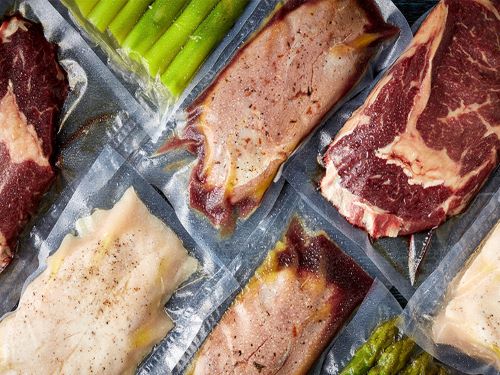
Additionally, nanotechnology has applications at various phases of the packaging supply chain, from enhancing package barrier properties and tensile strength to tracking and anti-counterfeiting for brands and packaging companies.
Recyclable Packaging
As countries around the world are rallying against single-use plastic, companies are looking beyond plastic for product packaging to introduce more sustainability in their packaging. And using recyclable materials is the ideal solution that enables businesses to incorporate circular packaging practices into their operations.
PCR and mono-material packaging are at the forefront of recyclable packaging solutions to let businesses meet their sustainable goals and comply with the regualtions.
It’s also worth noting that many of these trends reflect profound shifts in society and people’s attitudes to products and what it means to be a modern consumer. Brands must consider their packaging options if they want to connect with these consumers. The major packaging industry trends that enable smart packaging are the internet of packaging, active packaging, and nanotechnology. At the same time, the deployment of 3D printing and robotic packaging simplifies packaging processes and reduces costs for consumer companies.
Machine Dalal platform is preferred by the buyers and sellers from the global print industry to get directly connected with each other and trade their machinery.
Visit the Machine Dalal website or simply download our app onto your Android or iOS smartphone.
